Peterborough Examiner – April 2, 2021
A look ahead at events in nature as spring arrives in the Kawarthas
With early spring now upon us, nature’s most eventful and exciting season has begun. Change is the order of the day. The silence of winter has already given way to ardent bird song, and trees like silver maples are now festooned in pom-poms of red and yellow flowers. But first, let’s look back. Peterborough experienced yet another milder-than-average winter. December and January were a whopping 3 C warmer than normal, while March came in at 2 C above average. The classic winter weather we enjoyed in February, however, was about 0.4 C cooler.
Looking ahead to the coming weeks, here is a list of events in nature that are typical of spring in the Kawarthas – a spring that once again is projected to be milder than normal.
April
- Local wetlands are already awakening to the calls of spring peepers (loud “peeps” repeated once a second), along with wood frogs (quacking sounds), chorus frogs (fast clicking), and leopard frogs (like someone snoring). The peak calling period for these early breeders is now 10 – 20 days earlier than it was in 1995. To learn frog calls, go to https://bit.ly/2P7fkP8 (naturewatch.ca).
- It’s time to start indoor sowing of annuals for your pollinator garden. Some pollinator-magnets include Mexican sunflower (Tithonia), common sunflower (Helianthus annuus), catnips (Nepeta), salvia, and zinnias.
- Don’t be too surprised if a half‑crazed robin or cardinal starts pecking or flying up against one of your windows. Being very territorial birds, they instinctively attack intruders of the same species – in this case, their own reflection.
- Waterfowl migration is quickly coming to a close. However, with a little effort, you should still be able to find ten or more species. Some hotspots right now are Lakefield Marsh, the south end of Lake Katchewanooka, and the Lakefield Sewage Lagoons on County Road 33. In recent days, ring-necked ducks and hooded mergansers have been especially common.
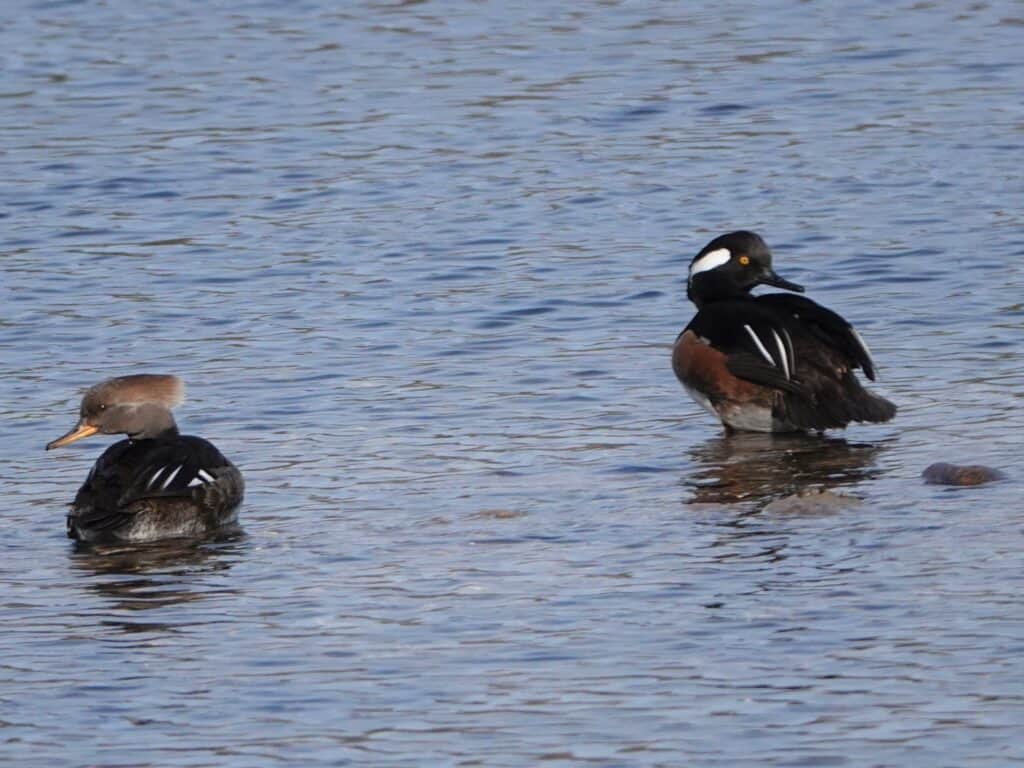
- April is a busy time for feeders. In addition to dark-eyed juncos, song sparrows, common grackles, and resident species like chickadees and cardinals, small numbers of common redpolls are still showing up in Peterborough backyards. Later in the month, white-throated sparrows will be moving through.
- When water temperatures reach 7 C, walleye begin laying their eggs. Along with suckers, they can sometimes be seen spawning at night at Lock 19 in Peterborough or below the pedestrian bridge in Young’s Point. Take along a strong‑beamed flashlight.
- Watch for early butterflies such as the mourning cloak, the Compton’s tortoiseshell, the eastern comma and, by month’s end, the dainty, all-blue spring azure.
- The muffled drumming of the ruffed grouse is one of the most characteristic sounds of April.
- If you want to see salamanders, wait for a mild, rainy night when the first frogs are calling. Drive slowly along back roads that pass through low woodlands with nearby swampy areas or flooded ditches. You should be able to see both spotted and blue‑spotted salamanders making their way to breeding ponds.
- The courtship flight of the American woodcock provides nightly entertainment in damp, open field habitats such as the Trent Wildlife Sanctuary. Listen for their nasal “peent” call which begins shortly after sunset.
- Hepaticas are usually the first woodland wildflowers to bloom in spring. The flowers can be pink, white or bluish in colour. Look for them on south-facing forest hillsides or right at the base of a large tree. The Stony Lake Trails at Viamede are excellent for spring wildflowers – especially the yellow trail.
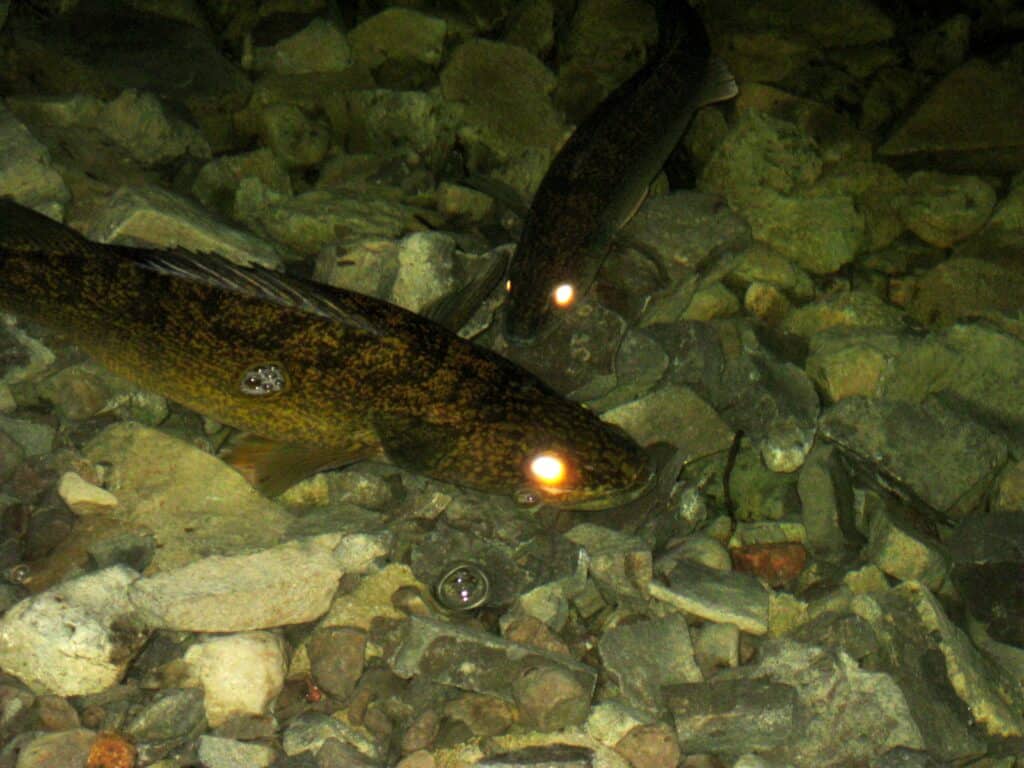
May
- This is the time to see the “spring ephemeral” butterflies like Olympia marbles, chryxus arctics, and the elfins. Try Sandy Lake Road off of County Road 46.
- The white blossoms of serviceberries (Juneberries) are a common sight along country roadsides. By mid-month, woodlots display a profusion of wildflowers including yellow trout lilies, large‑flowered bellworts, spring beauties, and white trilliums.
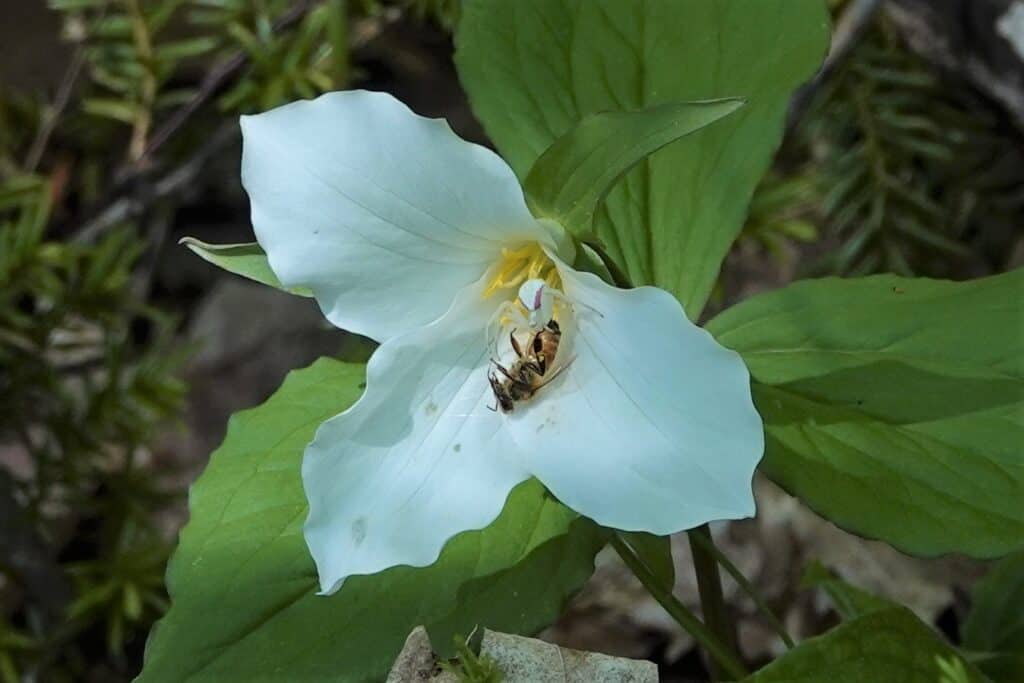
- With many species nesting, keep your cat indoors. It’s no wonder so few baby robins ever make it to adulthood in neighbourhoods where cats are allowed to roam freely.
- The first ruby-throated hummingbirds usually return on about May 5. Be sure to have your nectar feeders up and ready to greet them.
- Starting in early May, the long, fluid trills of the American toad can be heard day and night. Later in the month, gray treefrogs serenade us with their slow, bird-like, musical trills. Green frogs and bullfrogs join the chorus, as well.
- The damp morning air is rich with the fragrance of balsam poplar resin, a characteristic smell of spring in the Kawarthas.
- Along rail-trails and roadsides, watch for the light brown stems of horsetails (Equisetum) rising from the ground in colonies. Spore cones are visible on the tips.
- If you are looking for pollinator plants for your garden, don’t miss the annual Ecology Park Spring Plant Sale. This year’s date has yet to be announced.
- Mid-May sees the peak of songbird migration with the greatest numbers of warblers, vireos, thrushes, orioles, flycatchers, and other neo-tropical migrants passing through. Early morning provides the best viewing.
- Migrating rose‑breasted grosbeaks often show up at sunflower feeders, as does the occasional indigo bunting. To attract orioles, cut oranges in half and attach them to your feeder pole.
- Canadian tiger swallowtail and black swallowtail butterflies appear by month’s end. They are sometimes seen “puddling” for minerals along trails and dirt roads.
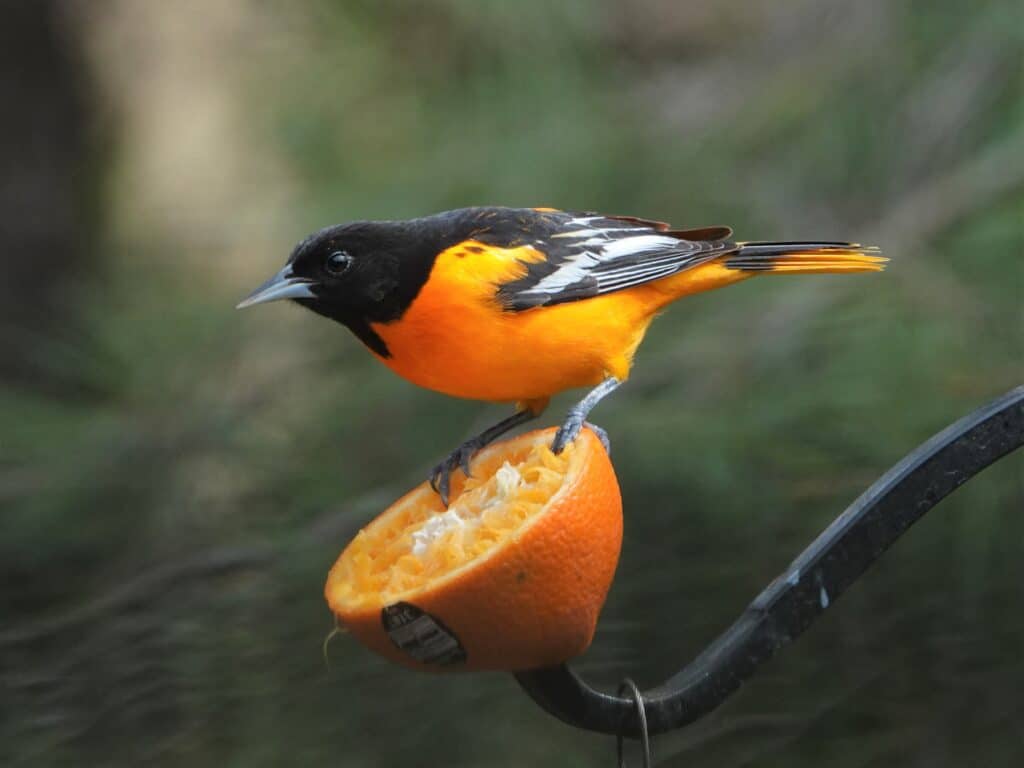
June
- Birdsong is at its most diverse. Make a point of taking in the “dawn chorus”, the fervent birdsong that takes place each morning before sunrise. In the city, robins are the first species to sing.
- Painted turtles and snapping turtles are often seen along roadsides and other sandy locations where they lay their eggs. If you see a turtle on the road – and if safe to do so – help it get across. If you find an injured turtle, call the Ontario Turtle Conservation Centre immediately at 705-741-5000.
- The first Monarch butterflies usually appear in the Kawarthas in June. In January, it was announced that the total forest area occupied by overwintering colonies in Mexico this winter covered 2.1 hectares, a huge decrease from last year’s 6 hectares.
- Orchids bloom this month. Among them is the spectacular showy lady’s slipper.
- The Summer Solstice occurs on Sunday, June 20, at 11:31 p.m. The sun will rise and set farther north than on any other day of the year.
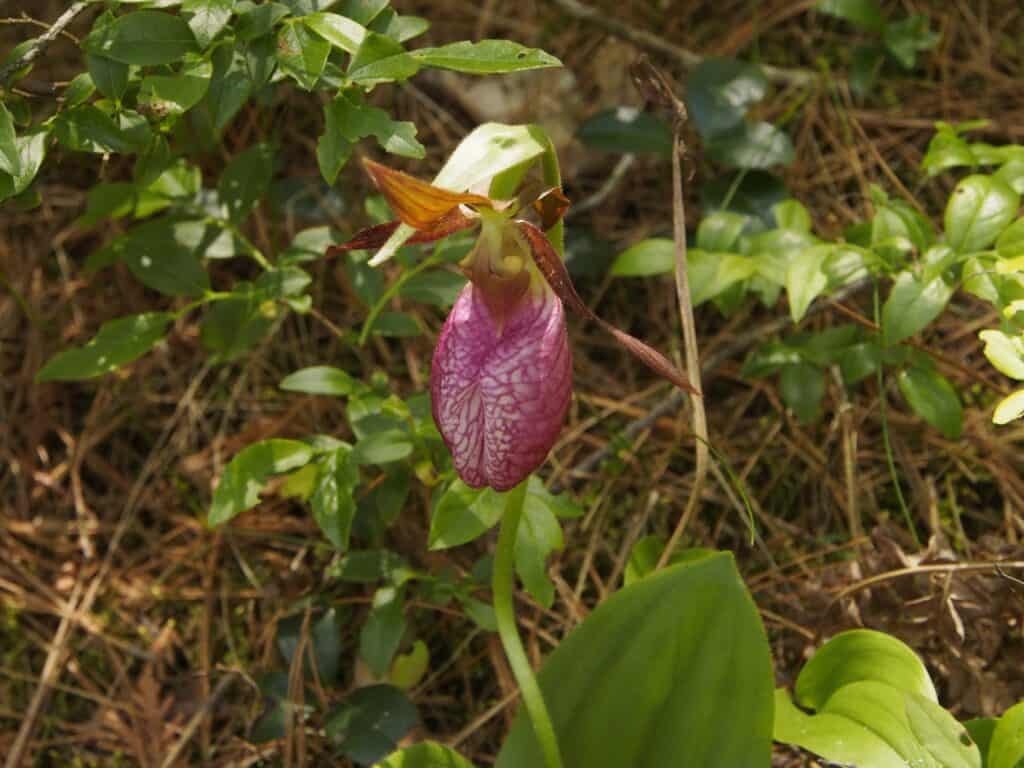
Climate Crisis News
HOPE
Canada’s Supreme Court has ruled that the federal government’s imposition of carbon taxes in provinces that oppose them is constitutional. “This matter is critical to our response to an existential threat to human life in Canada and around the world,” the court wrote. It also detailed the dangers of climate change to Canada’s coastlines, Arctic region, and Indigenous people in particular. The concept of carbon pricing has been widely endorsed by economists as one of the best ways to reduce emissions and encourage efficiency. The tax is now $40 a ton but will reach $170 a ton in 2030. Individual Canadians receive carbon tax rebates from the government to compensate for the surcharge on fuel.
CO2 IN ATMOSPHERE
As the level of carbon dioxide (in parts per million) continues to rise, global warming is accelerating. On March 26, it was 417.5 ppm, up from 414.3 ppm a year ago. The highest safe level for the planet is 350 ppm.
To see a list of ways YOU can take climate action, go to https://forourgrandchildren.ca/ and click on the ACTION button.